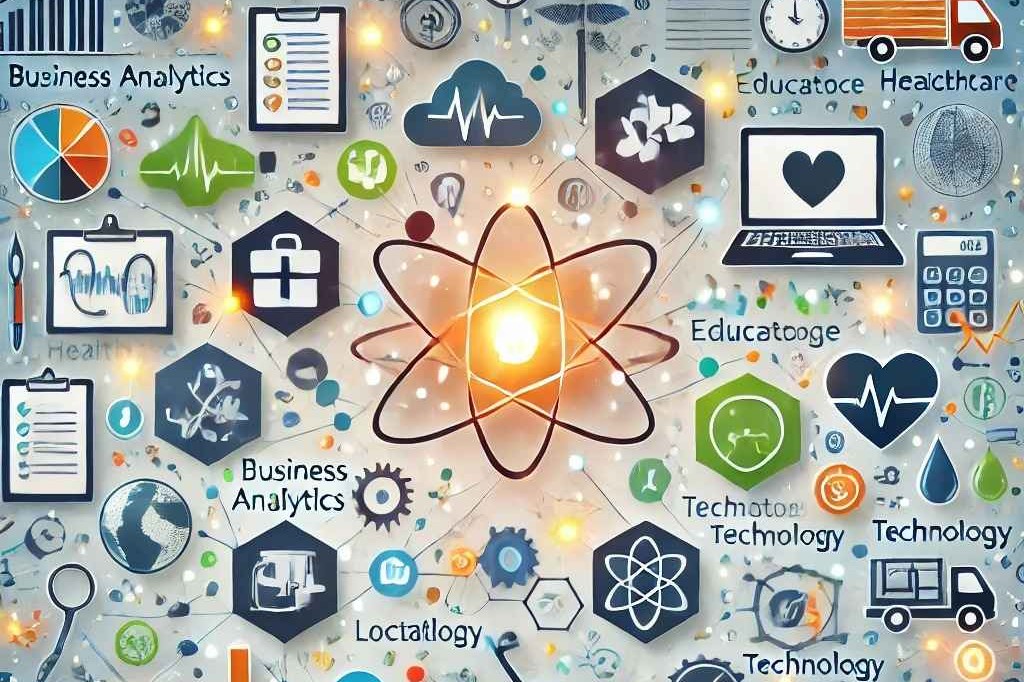Data has become a valuable asset that not only reflects customer activities but also serves as a guide for making strategic decisions. Data-driven decision-making enables businesses, organizations, and individuals to design more focused, efficient, and effective actions. Properly processed data can provide deep insights into customer behavior, needs, and preferences, allowing innovation to be implemented with precision.
This includes examples of data usage for decision-making across various fields, such as business, education, and healthcare. Each example demonstrates how data can assist in formulating strategies, optimizing processes, and delivering innovative solutions to meet the needs of the market and society as a whole. By understanding concrete applications of data, you can see how critical data is in shaping a better future.
Here are some examples of decision-making in different fields and how data can aid in formulating strategies:
Segment | Decision | Data Used | Implementation |
Business and Marketing | Determining marketing strategies | Customer demographics (age, gender, location) | Enhancing promotions for frequently purchased products in specific areas |
Purchasing behavior data (purchase frequency, favorite products) | Designing special discounts for loyal customers |
Customer satisfaction survey results |
|
Optimizing inventory | Previous sales patterns | Increasing stock for high-demand products before peak seasons |
Seasonal trends |
|
Supply data |
|
Education | Improving student performance | Exam scores | Providing additional guidance for underperforming students |
Student attendance | Adjusting teaching methods based on student needs |
Student activity on online learning platforms |
|
Healthcare | Reducing disease risk | Patient medical history | Offering personalized dietary and exercise recommendations |
Genetic data | Developing prevention strategies for specific groups |
Daily habits data (via wearables) |
|
Finance | Assessing creditworthiness | Customer credit history | Approving credit only for customers with good credit scores |
Monthly income | Offering lower interest rates to low-risk customers |
Debt-to-income ratio |
|
Transportation and Logistics | Reducing delivery time | Previous delivery routes | Selecting the fastest route based on real-time traffic data |
Traffic conditions | Storing goods in warehouses closer to customers |
Weather |
|
Technology | Enhancing user experience in applications | Time spent by users in the app | Improving features that receive frequent complaints |
Most frequently used features | Developing new features based on user needs |
User reviews |
|
Environment | Reducing energy consumption | Energy usage patterns during specific times | Implementing automation to save energy during peak times |
Weather data | Installing solar panels in areas with high sunlight exposure |
Average energy consumption in specific areas |
|
Therefore, it is important to remember that data is not merely numbers or raw information, but a key to unlocking greater opportunities and solutions. With proper management and analysis, data has the potential to drive progress across various fields of life. Let us leverage data as a guide to make smarter, more innovative, and impactful decisions for society. A better future begins with a wise understanding and application of data today. Check out the Big Data MSIGHT product, available at mycarrier.telkom.co.id
